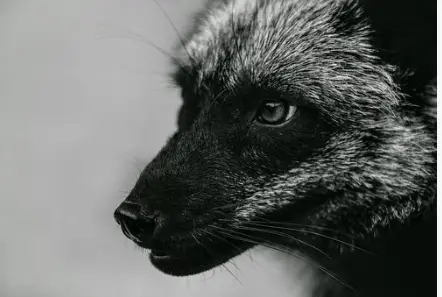Activity of text interpretation, aimed at students in the sixth year of elementary school, about dogs. The Canidae family is made up of all types of domestic dogs – from Pekinese to pitbull – in addition to wolves, jackals, foxes and the maned wolf. Let's find out more about canids? Are we going to discover fun facts about foxes and maned wolves, for example? So, carefully read the text “Os Canídeos” and then answer the various interpretative questions proposed!
You can download this text comprehension activity in an editable Word template, ready to print to PDF, as well as the completed activity.
Download this text interpretation exercise from:
SCHOOL: DATE:
PROF: CLASS:
NAME:
Read:
The family Canidae it is composed of all types of domestic dogs – from Pekinese to pitbull –, in addition to wolves, jackals, foxes and the maned wolf. They have a long tail and molars adapted to break bones. In general, they feed on meat, but some species – such as the maned wolf – also eat vegetables.
They can be found all over the world, except Antarctica. They have adapted to diverse environments, from deserts to forests. Most species in this family live in groups. Foxes often form couples to hunt and raise their children, while wolves form large groups – called packs, led by a stronger and more experienced alpha couple. The South American maned wolf is an exception. He is a loner. In addition to not forming packs, he only finds his partner during the mating period.
Most canids can be divided into two tribes: canini and Vulpini. The first includes all species of domestic dogs, wolves and jackals; the second, the foxes. The maned wolf was considered a member of the genus Kennels. Currently, however, scientists have discovered that this animal belongs to a separate genus, the Chrysocyon, of which it is the only living representative. His closest relative is the vinegar dog (Speothos venaticus), another South American canid.
Bruno Delecave. Available in: .

Question 1 - Identify the purpose of the text:
( ) tell a story about dogs.
( ) disseminate discoveries about canids.
( ) provide explanations about the dogs.
Question 2 - In the excerpt “They have a long tail and adapted molars to break bones.”, the highlighted part expresses:
( ) the purpose of the long tail and adapted molars of canids.
( ) the contrast between the long tail and the adapted molars of canids.
( ) the consequence of the long tail and adapted molars of canids.
Question 3 - In the period “They generally feed on meat, but some species – such as the maned wolf – also eat vegetables.”, a word introduces an example. Point it out:
( ) "but".
( ) "like".
( ) "also".
Question 4 – In the passage “They can be found all over the world, except in Antarctica.”, the term “less” was used to:
( ) express intensity.
( ) point an exception.
( ) indicate a quantity.
Question 5 - In "they adapted to diverse environments, from deserts to forests.”, the subject of the underlined verb is:
( ) hidden.
( ) simple.
( ) undetermined.
Question 6 – In the segment “Foxes usually form couples to hunt […]”, the author explains:
( ) a habit of foxes.
( ) a state of foxes.
( ) a characteristic of foxes.
Question 7 – Highlight the word that expresses a circumstance of time below:
“Currently, however, scientists have discovered […]”
Question 8 – Reread this information present in the text:
“[…] he only finds his partner during the mating period.”
“[…] this animal belonging to a separate genus, the Chrysocyon […]”
"His closest relative is the vinegar dog (Speothos venaticus) […]”
The above information refers to:
( ) the Fox.
( ) to the jackal.
( ) to the maned wolf.
By Denyse Lage Fonseca
Graduated in Languages and specialist in distance education.
 report this ad
report this ad